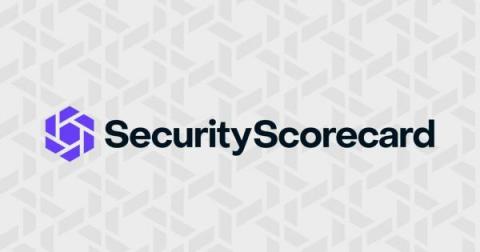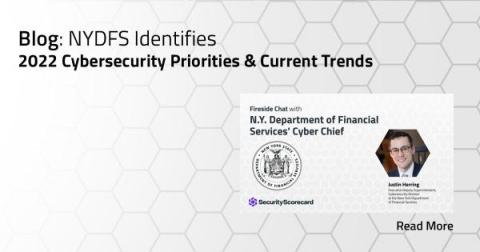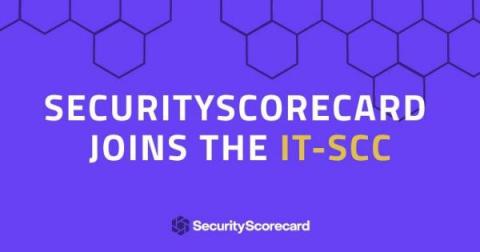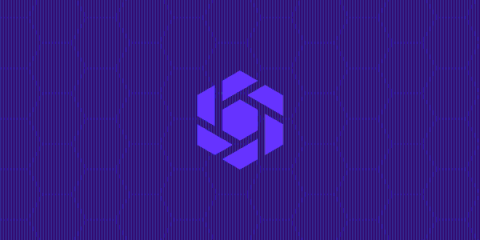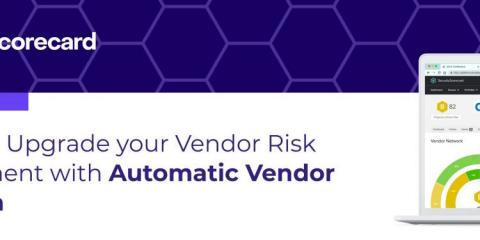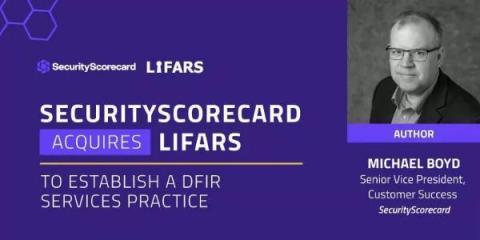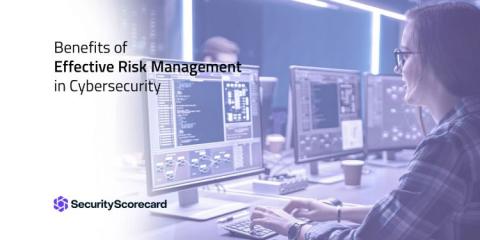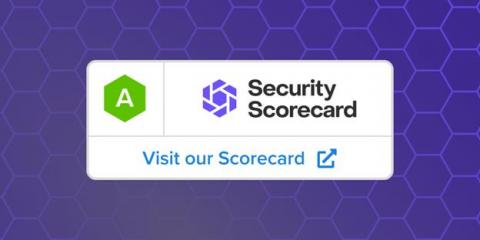Security | Threat Detection | Cyberattacks | DevSecOps | Compliance
February 2022
Past as a Prologue: What Users can Expect with 2022 Cyber Threats
The cyber risk landscape changes quickly. In the last few years we’ve seen a rise in the number of ransomware attacks, and the end of 2021 was marked by the Log4J vulnerability. As data stacks get bigger and more difficult to defend, you may be wondering what threats are on the horizon in 2022. Based on what we’ve seen so far, the coming year’s risks are likely to be fairly familiar.
Common Mistakes Chief Security Officers Make
How Cybercriminals are Leveraging Weaponized AI for Cyber Attacks
In the world of cybersecurity, artificial intelligence (AI) has changed the way we discover, respond, and recover from cyberattacks. But despite the several advancements of AI in cybersecurity, cyberattacks are becoming more and more dangerous because of AI. Cybercriminals are now leveraging existing artificial intelligence tools and AI-based technologies for use in their own attacks, and as a result, cyber threats and attacks are becoming harder to prevent.
The Best Way to Prevent Getting Hacked
What is a Whaling Attack (Whaling Phishing)? Definition & Examples
According to the FBI Internet Crime 2020 Report, phishing scams were the most prominent attack in 2020 with 241,342 complaints reported and adjusted losses of $54 million. In particular, whaling (a highly targeted phishing attack) has been on the rise and is only expected to grow from here. A whaling attack targets high-profile executives with access to valuable information and systems. Let’s take a closer look at whaling attacks and how to stay protected.
What Is Cyber Hygiene?
25 Common Types of Malware & How To Identify Them
Viruses, worms, ransomware — even the least tech-savvy among us know what these are, and want to avoid them if at all possible. What do they all have in common (besides the fact that they can lock up your devices and attempt to steal your data)? They all fall under the malware umbrella.
New York Department of Financial Services Identifies 2022 Cybersecurity Priorities and Current Trends
In a recent webinar, SecurityScorecard hosted Justin Herring, Executive Deputy Superintendent, Cybersecurity Division of the New York Department of Financial Services (DFS), and Luke Dembosky, Partner and Co-Chair of the Data Strategy & Security practice at Debevoise & Plimpton, to discuss DFS’s top cybersecurity priorities this year, current enforcement and to examine trends, and the regulatory environment around cybersecurity in 2022.
SecurityScorecard Joins the IT-SCC
I am excited to share that SecurityScorecard is now formally a member of the Information Technology Sector Coordinating Council (IT-SCC). Established in 2006, the IT SCC is the principal entity for coordinating with the government on a wide range of critical infrastructure protection activities and cybersecurity issues.
The Lightbulb Moment for SecurityScorecard
How to Manage Your Security in A Hybrid World: 15 Cybersecurity Tips & Best Practices
The hybrid workplace is here to stay. If the past couple of years have proved anything, it’s that many workers enjoy working remotely, or like the flexibility of working from home part-time. Organizations also appreciate the benefits of a hybrid workplace; according to Gartner, 48% of employees will likely work remotely at least part of the time after COVID-19, as opposed to the 30% of employees who did so before the pandemic.
How to Secure Personally Identifiable Information (PII)
PII, or Personally Identifiable Information, is any information that directly or indirectly identifies an individual, such as name, address, payment information, or contact information. The U.S. The Department of Homeland Security defines a second category of PII: Sensitive PII, which includes Social Security Numbers, driver’s license numbers, Alien Registration numbers, financial or medical records, biometrics, and criminal history.
3 Ways to take your Third- and Fourth-Party Risk Management to the Next Level with Automatic Vendor Detection
Vendors are a key part of every business and, therefore, every organization’s security. Yet, one of the biggest challenges for security and third-party risk management teams is tracking down their vendors. It’s no wonder that 65% of organizations don’t know which third parties have access to their most sensitive data. On top of that, vendor risk management teams need to worry about who their vendors’ vendors are – namely their fourth parties.
SecurityScorecard Acquires LIFARS; Empowers Orgs w/ View of Cyber Risk & Path to Cyber Resilience
Life moves fast. Cyber threats move even faster.
Our world is changing rapidly. More than ever, organizations are reliant on digital technologies to do business. Cyber threats continue to evolve as adversaries seek to exploit digital connections for financial gain. Today, SecurityScorecard has announced the acquisition of LIFARS, a global leader in digital forensics, incident response, ransomware mitigation and cyber resiliency services.
6 Benefits of Effective Risk Management in Cybersecurity
Cyber attacks are major threats to organizations and industries across the board. And as technology advances, cybersecurity continues to be the focus that requires serious attention. However, many have weaknesses and gaps in their cybersecurity strategy. Common weaknesses can include the failure to identify and mitigate risks, as well as maintain compliance in the industry – leaving organizations more vulnerable to attacks.
How Badges Helps You Put Your Security Score Front and Center
With the release of our new Badges feature, you can add a “Seal of Trust” to your website so your partners can easily see a snapshot of your security health.
365 Breaches Anticipated in 2021 and How Predictions Can Protect Your Firm in 2022
What is a Botnet Attack? 5 Ways to Prevent It
A botnet is a cluster of machines that are infected with malware, enabling hackers to control them and unleash a string of attacks. Most commonly, botnets come in the form of distributed denial of service (DDoS) attacks, and recently the Microsoft Azure DDoS Protection team reported a 25% increase in these attacks when compared to the first half of 2021. Recent advances in technology have opened up a world of new opportunities for both consumers and businesses.






